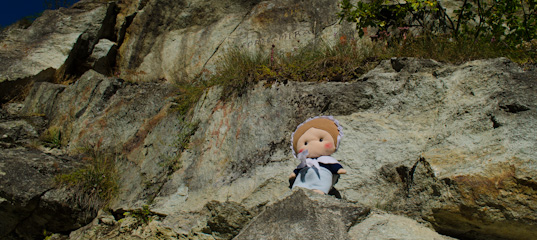Hello, my friends!
Today we are back in high Pellice Valley to talk a little about history…
In the years 1560-61, maybe because of the freedom achieved with the agreement of Cavour, in the local authorities a belief increased that a new fort should be built in the valley in order to hold out against Waldenses, as well as to segregate them on the top of the mountains, away from the inhabitants of the plain, and also to separate them from the French Protestants.
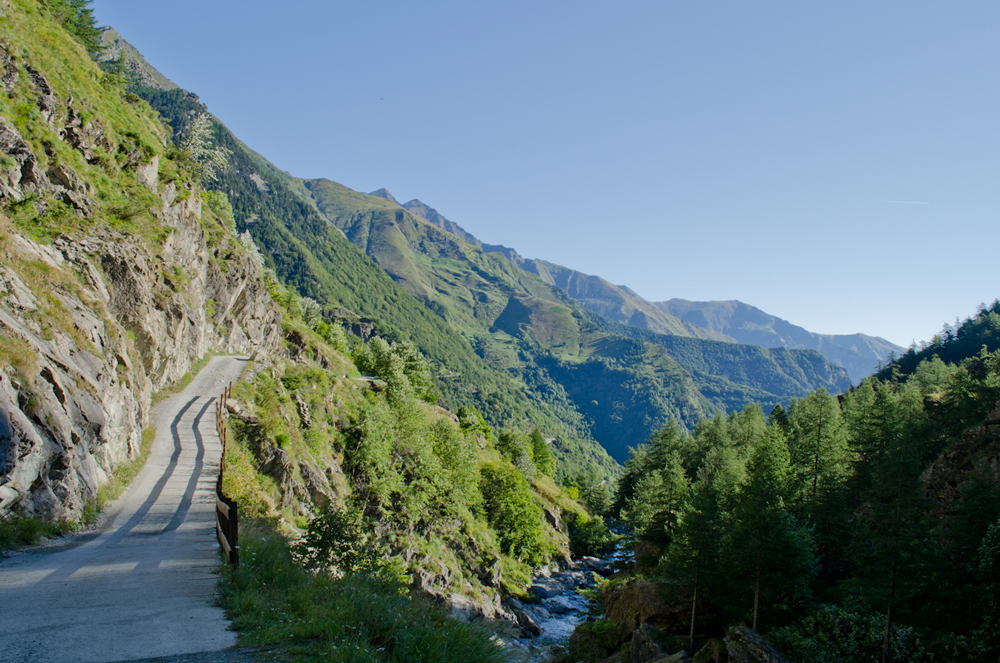
There was long uncertainty about the place where the new fort had to be built: it was thought that Angrogna could be a good place because of the easy availability of water, and also Villar Pellice seemed a good place. It was finally decided to build the fort in the village of Villanova, farther Bobbio Pellice, but the inhabitants of the township convinced the authorities, with generous gifts, to change their mind by offering them a rocky cliff located a bit more to the west, in a gloomy and lonely area, without water, that prevented completely the passage from France to Pellice Valley.
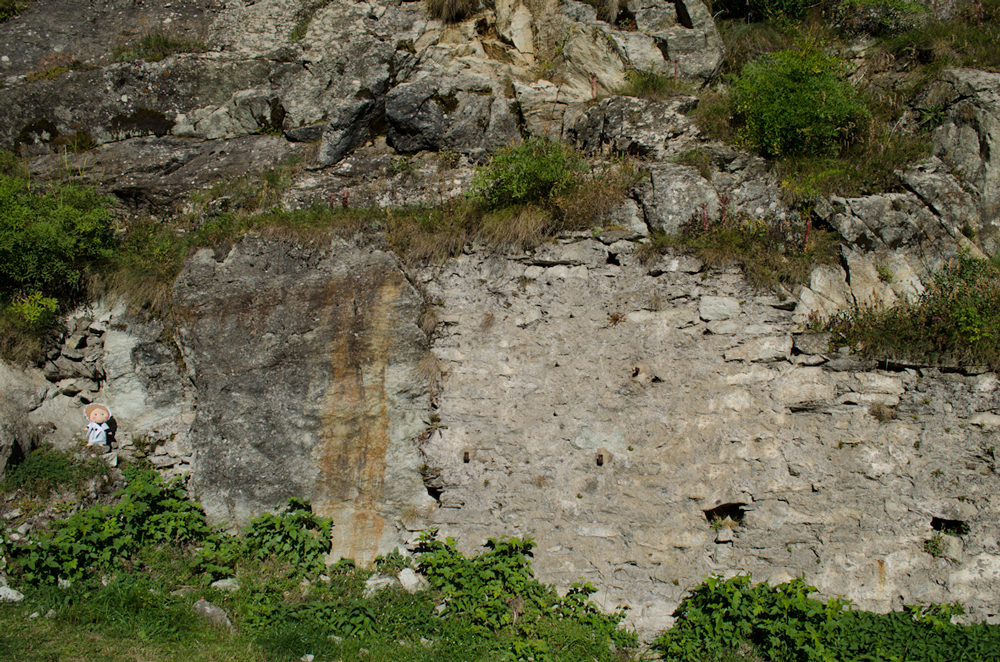
That place was called by the villagers “Meira a bouc”, which means “summer shelter for goats”, so the fort immediately took the name of “Mirabouc” or “Mirabocco”; its construction began in 1565 and ended four years later.
It was made by city walls in the shape of an irregular pentagon with two towers, equipped with drawbridges, at the top corners: the Tower of the port of France to the west and the Tower of the port of Piedmont to the east. The side towards the mountain was steep and triangular, in order to protect the fort from the frequent winter avalanches. Inside the fort there were areas for supplies of food and weapons, a tank, a shelter for firewood, an oven, a prison, rooms of the soldiers (who were about a hundred), and of the officers.
The road, that still exists today, entered the fort from one of the towers further downstream, overhanging the stream Pellice, and went out from the other one on the west side.
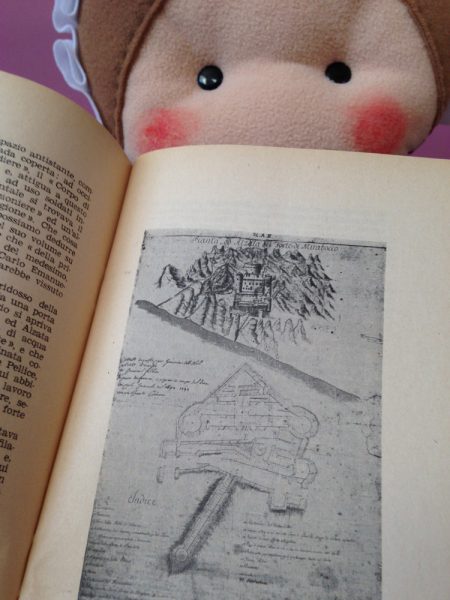
On October 4th, 1592, French troops (at the time enemies of the Duke of Savoy), since they had no chance to reach Pellice valley in no other way but passing there, conquered the fort of Mirabouc. The Duke’s troops, however, succeeded in taking it back in 1595, when Waldenses from Bobbio took to Villanova three cannons ready to shoot and that made French soldiers give up.
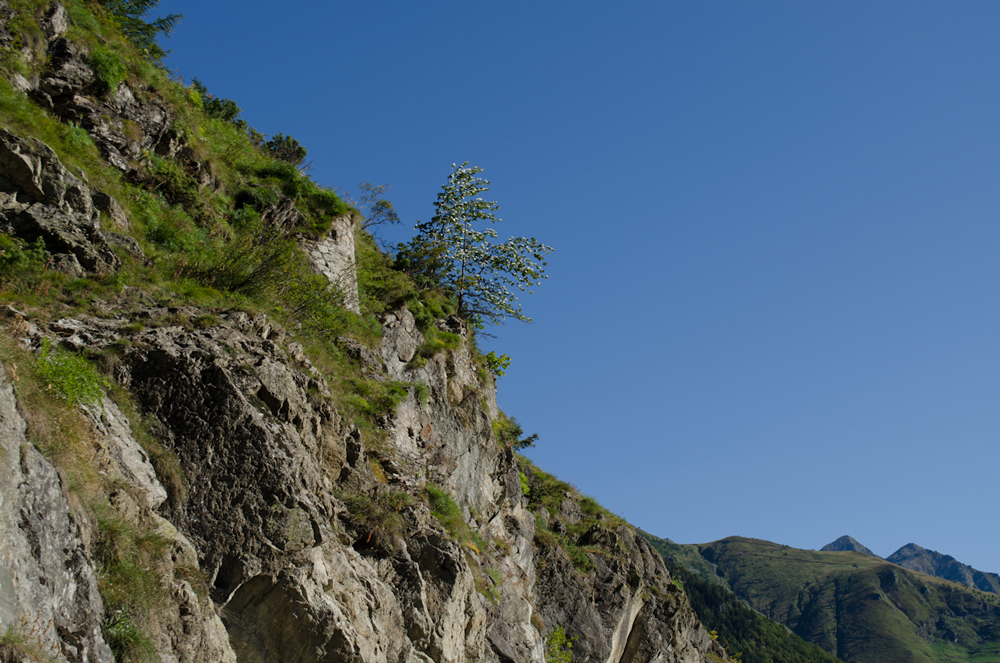
During Piedmontese Easters, many soldiers were sent to Mirabouc to fight the Bandits of Gianavello; on the other side, the bandits tried to fight back by attacking the only weak points of the fort, which were the convoys of supplies of weapons and food for the soldiers of the Duke.
New troops of soldiers then came to the fort in 1686, when the new French ally King Louis XIV ordered the Duke to eliminate from his lands the Waldensian heresy.
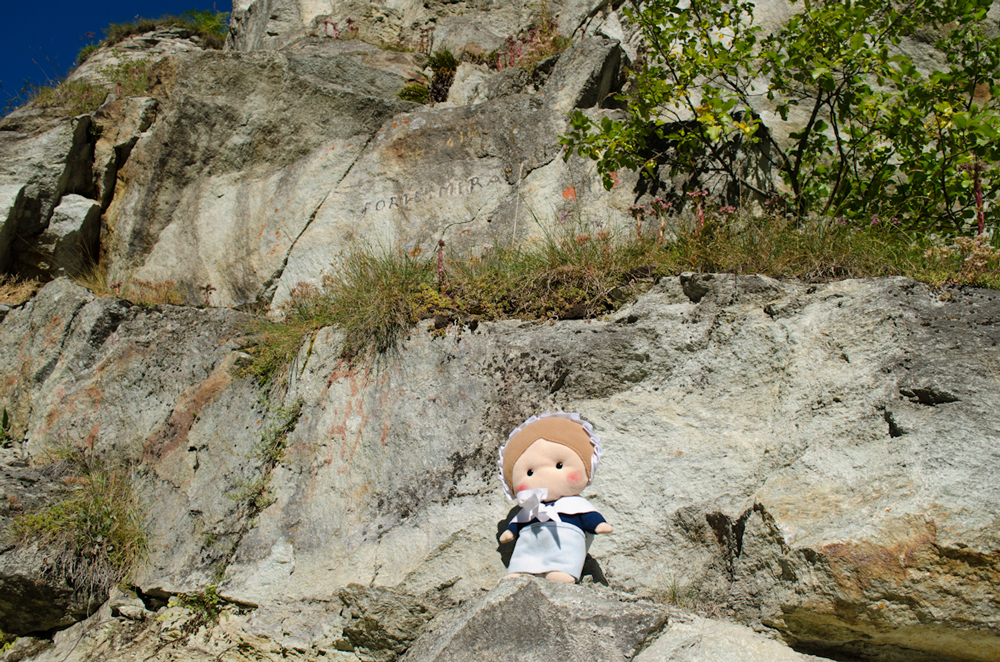
After the Glorious Return, the ducal soldiers were ordered to find Waldenses who had taken refuge in the mountains: unfortunately for them, they could only ever find food supplies and weapons hidden in the rocks, but they never found those men who knew these peaks better than any other.
Finally, despite in 18th century Mirabouc was strengthened against French (enemies again of the Savoy family), the fort fell into the hands of opponents in 1794; French, however, decided to abandon it shortly after, since they had great difficulty in providing supplies…
Before leaving it, however, they dismantled and blew it up: that’s why already English visitors who reached the Waldensian valleys in the 19th century could only see its ruins.
How to get here:
reach the town of Bobbio Pellice (Turin) moving along the provincial road 161 from Torino/Pinerolo. Go along to the valley floor towards Villanova for 13 km until you reach the parking lot where you can leave the car. From the township Villanova you can reach Mirabouc in 45 minutes’ walk or in about 15 minutes by car (in this case you have to pay a toll and be careful to respect times for the ascent and the descent to the “Conca del Pra”). The path to the basin is properly indicated, but the ruins of the fort are slightly visible and there is only one sign in paint that indicates them.
Do you want to read the tale in Italian ?
